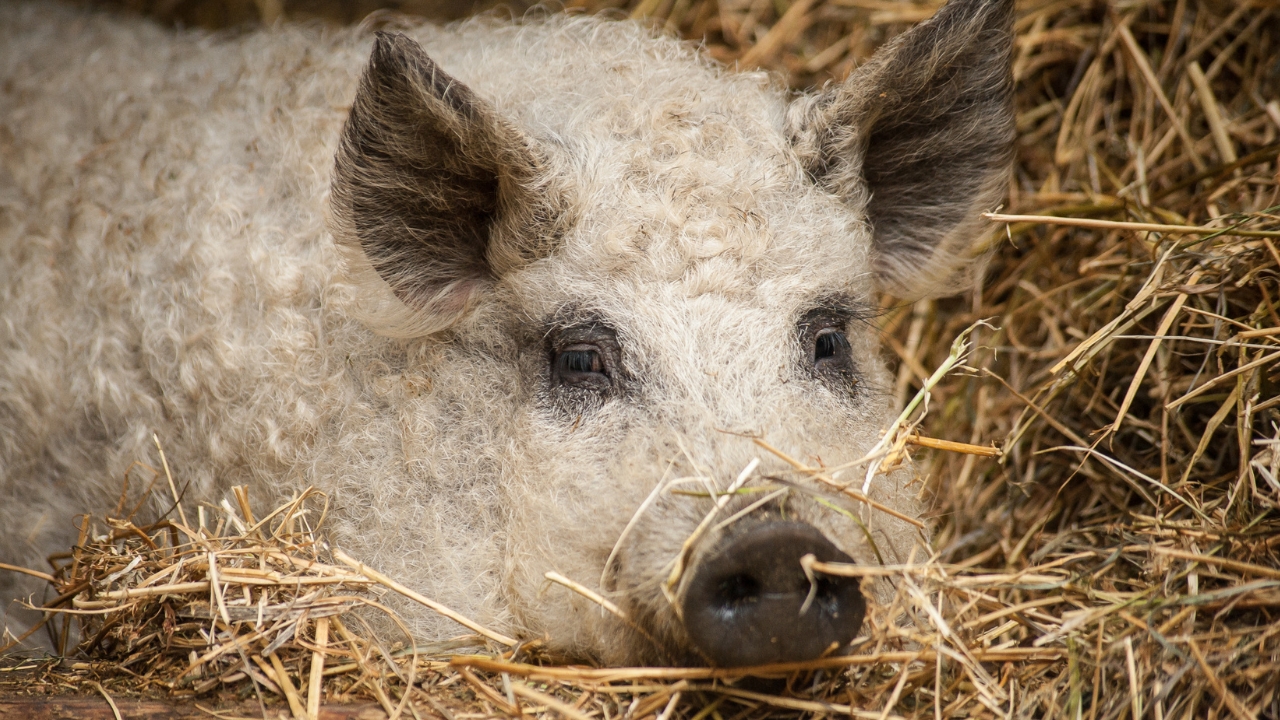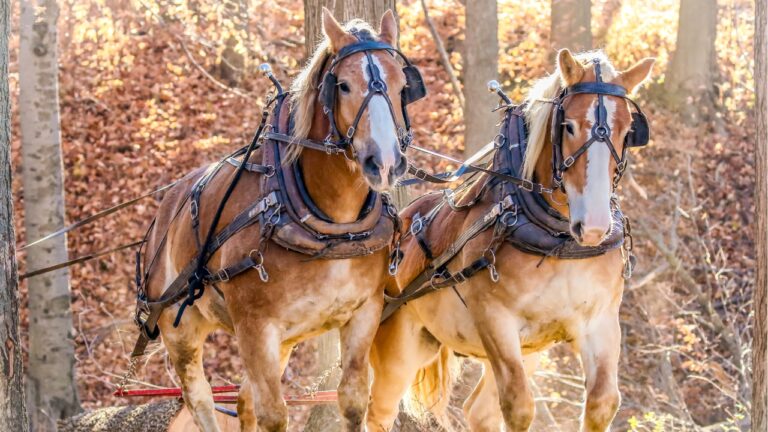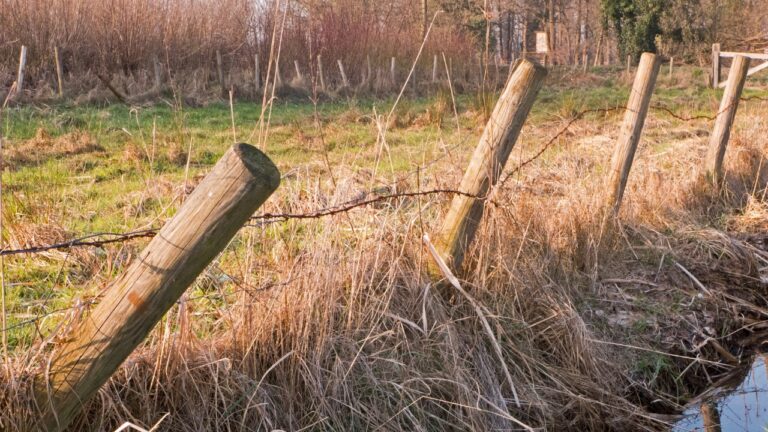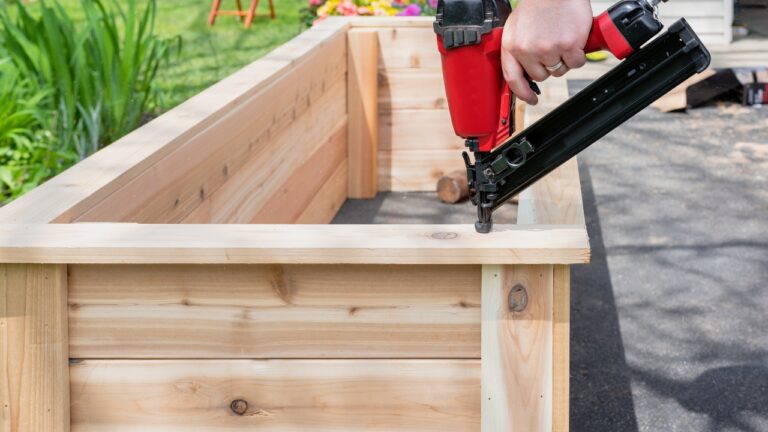8 Easy DIY Fixes for Common Livestock Problems
If you’ve got livestock, you know things don’t always go according to plan. One minute everything’s fine, the next you’re dealing with a limping goat, a chicken that looks like it’s falling apart, or a water trough that’s turned into a science experiment. Vet visits add up fast, and sometimes, you just need a quick fix that actually works.
The good news is, a lot of common livestock problems have simple solutions you can handle yourself. Here are some easy DIY fixes every livestock owner should have up their sleeve.
Fix a Chicken with a Prolapsed Vent

A prolapsed vent in chickens looks alarming but can often be corrected at home if caught early. It happens when part of the hen’s reproductive tract pushes out, usually after laying a large egg or from a calcium deficiency.
Clean the area with warm water and a mild antiseptic, then gently push the prolapse back inside using a clean, gloved hand. Applying a bit of honey or Preparation H can reduce swelling. Keep the hen in a dark, quiet space to discourage egg-laying while she heals. If the prolapse happens repeatedly, it may require veterinary attention or even culling if the condition keeps returning.
Keep Water Troughs Clean with Goldfish
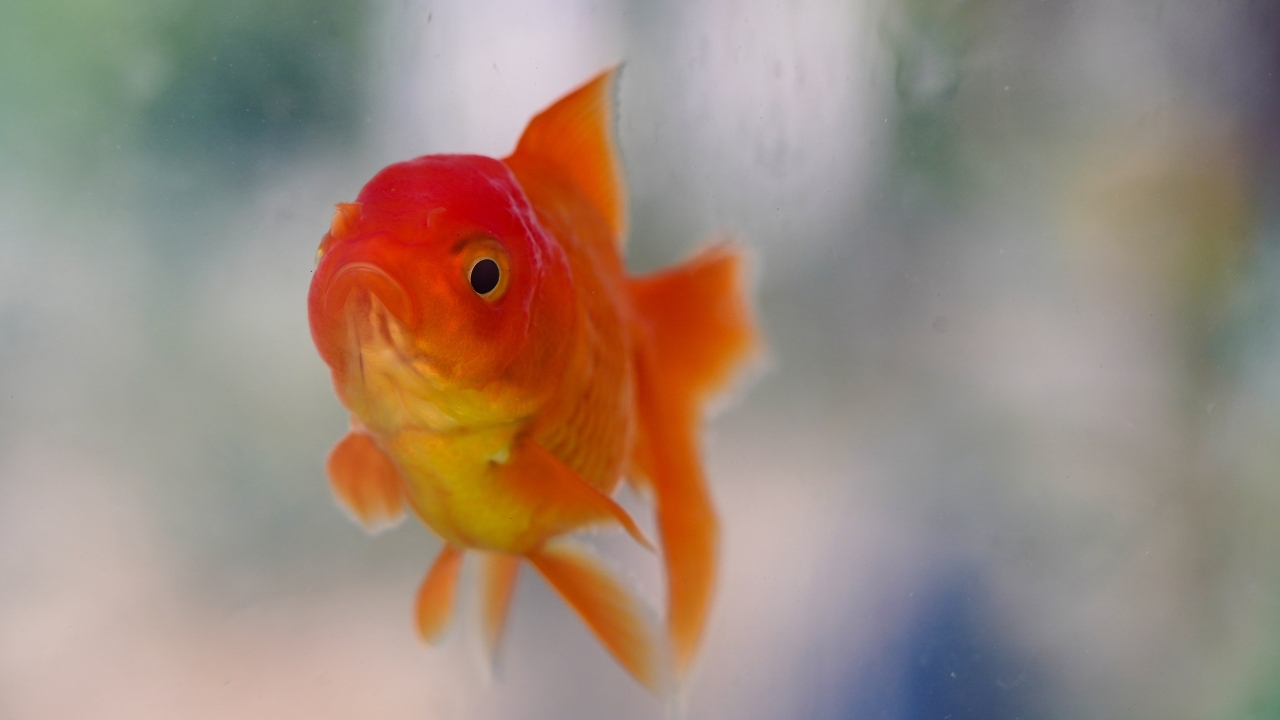
Water troughs can turn into algae-filled messes fast, but adding a few feeder goldfish can help keep them cleaner. The fish eat algae, mosquito larvae, and debris, reducing buildup and mosquito breeding.
However, this works best in moderate climates. In extreme cold, goldfish may not survive, and in high heat, stagnant water can become oxygen-deprived. If your troughs freeze over or sit in full sun, regular scrubbing and fresh water changes are still necessary.
Deal with Bloat in Goats and Cattle

Bloat is a fast-moving, potentially deadly condition in ruminants. If you see a goat or cow looking swollen, restless, or having trouble breathing, you need to act fast.
For mild cases, administering a mixture of vegetable oil or baking soda with water can help break up the gas. Walking the animal and gently massaging its side may also relieve pressure. Severe cases, like frothy bloat from fresh legumes, often require a vet to insert a stomach tube or, in extreme cases, a trocar to release trapped gas. Prevent bloat by limiting grain intake, introducing new forage slowly, and providing free-choice baking soda.
Treat Hoof Rot with a Simple Soak
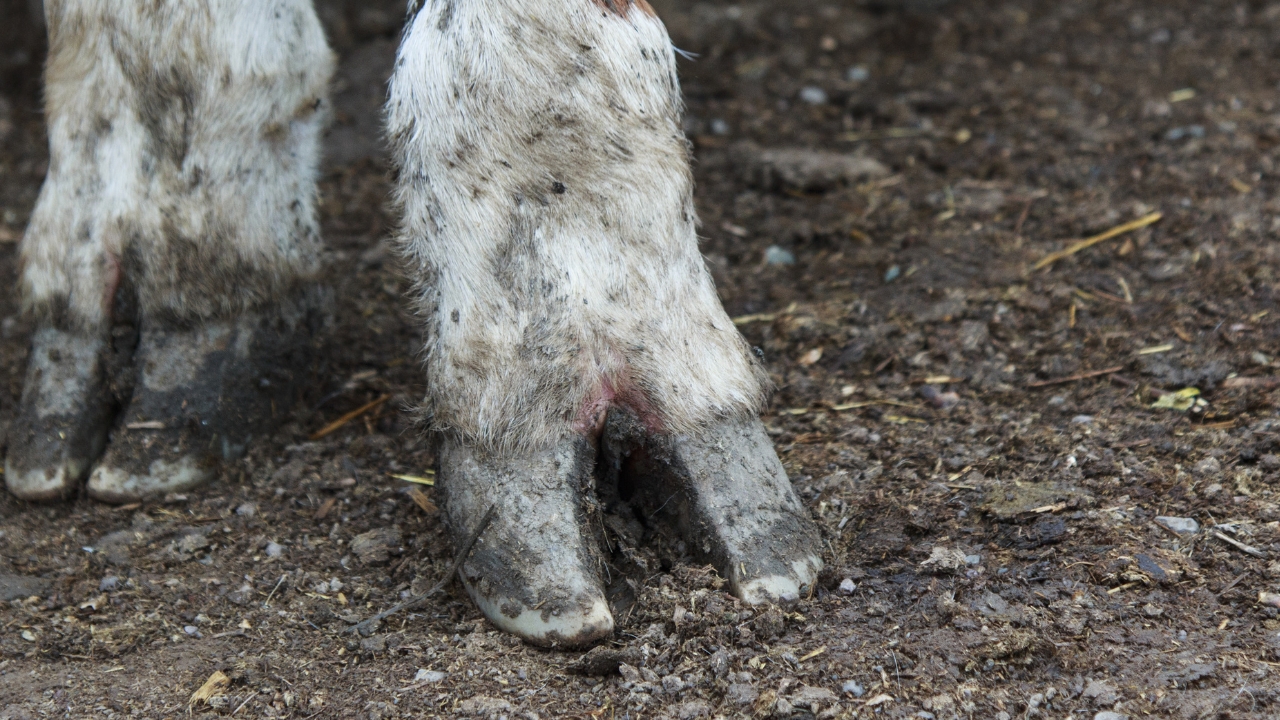
Hoof rot can spread fast, especially in damp conditions. If your animals are limping, have swollen hooves, or you catch a foul odor coming from their feet, it’s time to act.
A simple foot soak with Epsom salt and warm water can help loosen infected tissue and promote healing. Soak the affected hoof for ten to fifteen minutes daily until the infection clears up. If the rot is severe, a zinc sulfate or copper sulfate solution may be necessary. Keep pens dry, trim hooves regularly, and use gravel or sand in high-traffic areas to prevent future cases.
DIY Electrolytes for Dehydrated Animals

Dehydration can hit fast, especially in hot weather or after an illness. Instead of rushing out for commercial electrolytes, you can make a temporary fix with common household ingredients.
Mix one quart of warm water with two tablespoons of sugar, one teaspoon of salt, and a half teaspoon of baking soda. Offer it in small amounts throughout the day. This works for mild dehydration, but animals with severe cases may need veterinary-grade electrolytes that contain potassium and other essential minerals. If dehydration persists, consult a vet.
Natural Fly Repellent with Apple Cider Vinegar
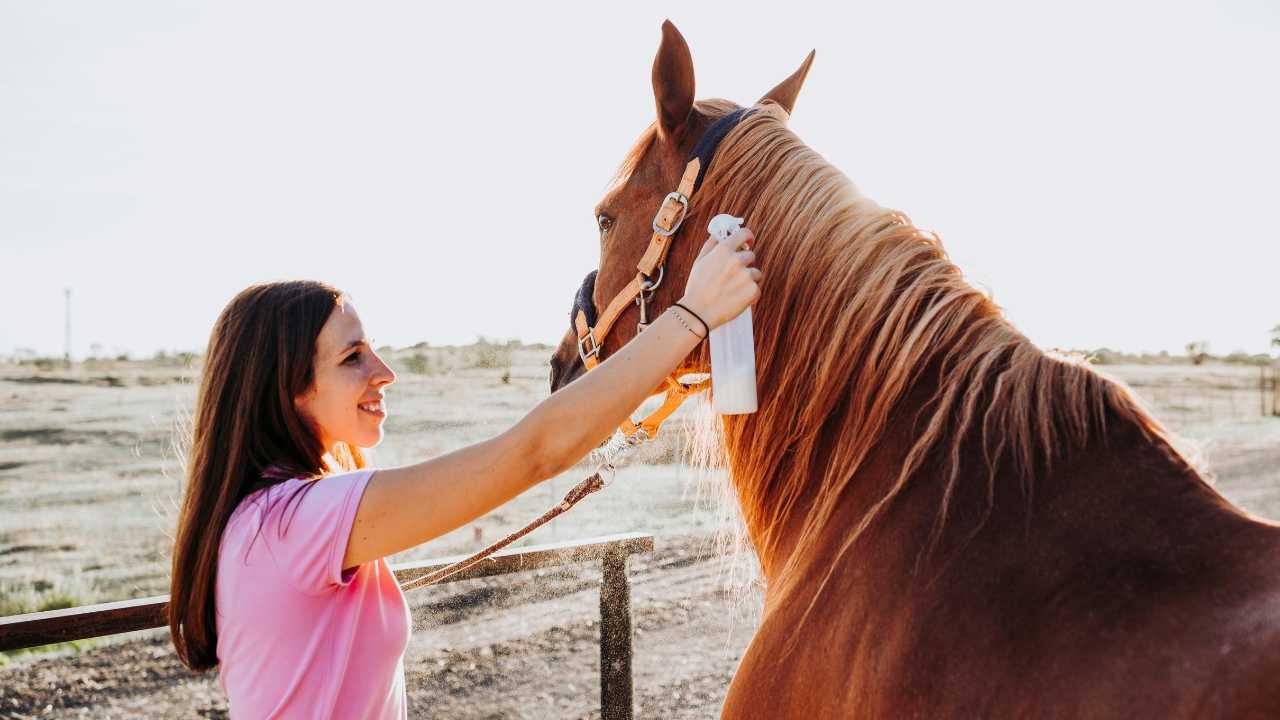
Flies are more than just an annoyance—they spread disease and stress out your animals. Instead of relying on chemical sprays, you can make an effective natural repellent.
Mix equal parts apple cider vinegar and water, then add a few drops of essential oils like eucalyptus or citronella. Spray it around stalls, on livestock coats, and even in water troughs to keep flies at bay. For added control, keep manure cleaned up, use fly traps, and introduce fly predators like parasitic wasps.
Make a DIY Wound Spray for Minor Cuts

Livestock get scrapes, scratches, and minor injuries all the time. Instead of buying expensive wound sprays, you can make your own antiseptic at home.
Mix one cup of water with one teaspoon of salt and a few drops of iodine or tea tree oil. Apply it directly to the wound with a clean cloth or spray bottle. This helps prevent infection and promotes healing. For deeper wounds or signs of infection like pus or swelling, consult a vet.
Prevent Cold Stress with Straw and Windbreaks
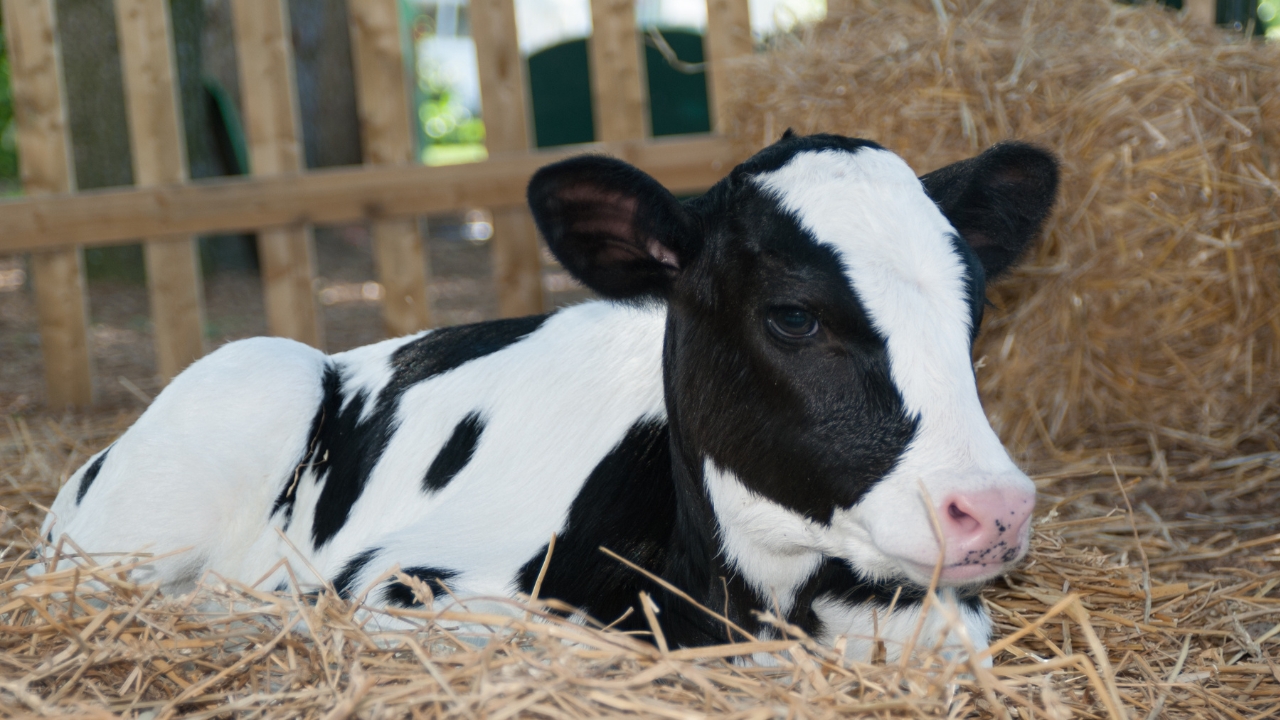
Cold stress weakens livestock, making them more prone to illness. Animals burn extra energy just trying to stay warm, which can lead to weight loss and a weakened immune system.
Providing deep straw bedding and building windbreaks with hay bales or plywood panels can make a huge difference. For smaller animals like goats or chickens, insulation inside coops or barns can help keep them warm. If an animal is shivering or lethargic, move them to a dry, draft-free space and offer extra feed to help maintain body heat.
*This article was developed with AI-powered tools and has been carefully reviewed by our editors.

